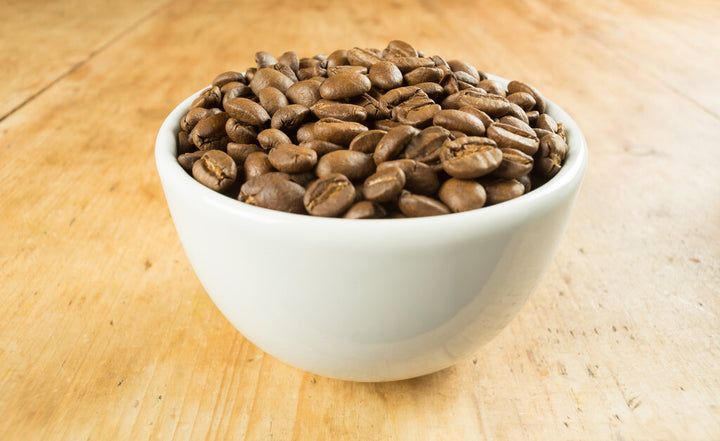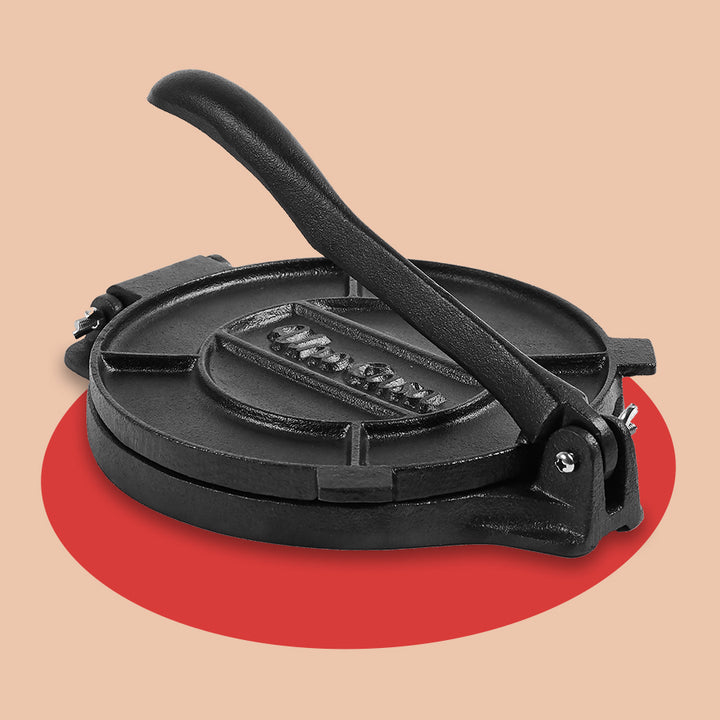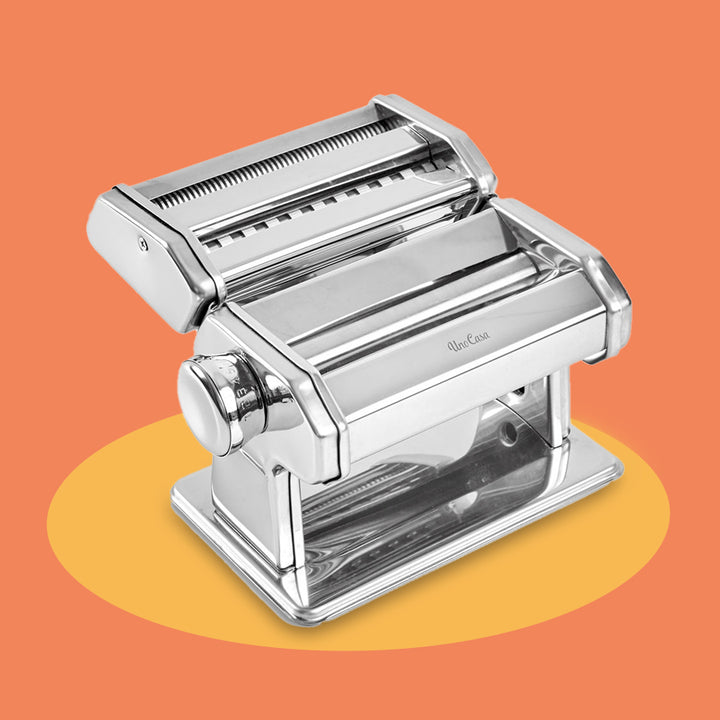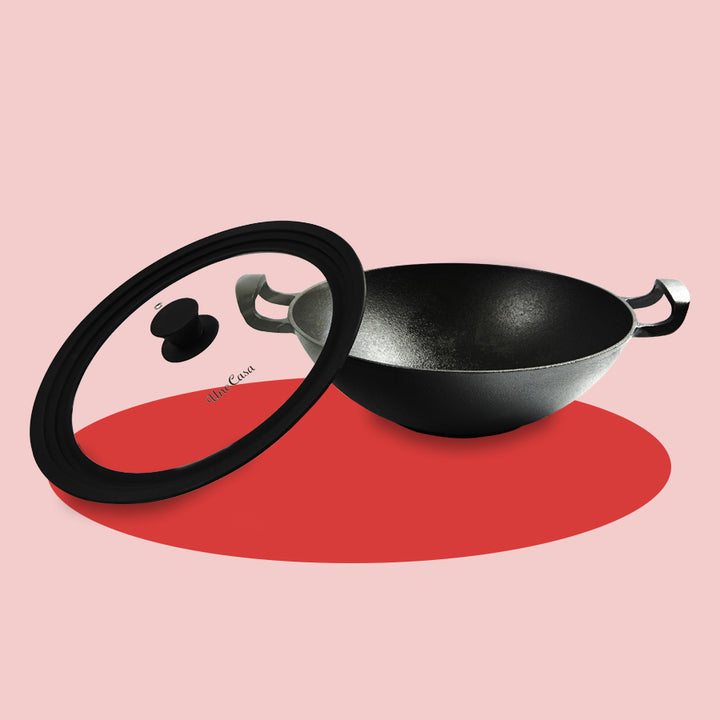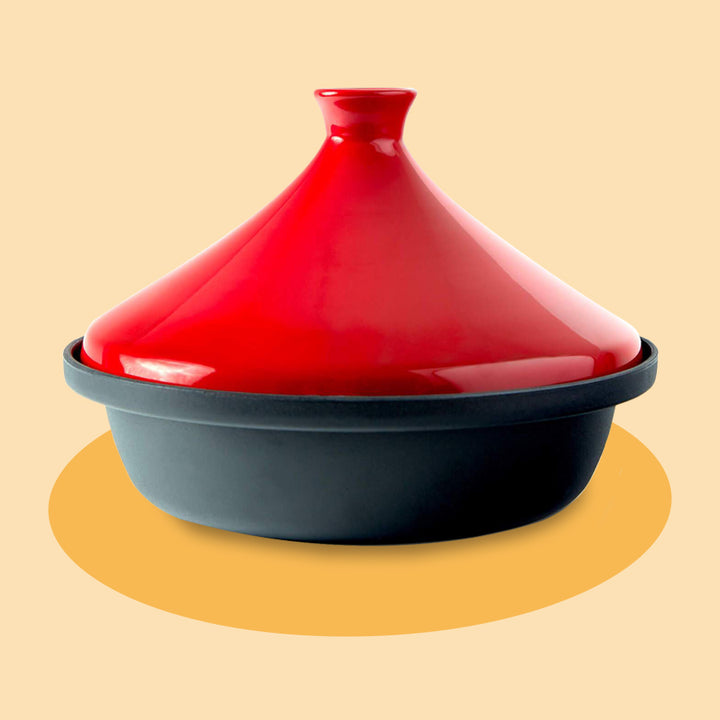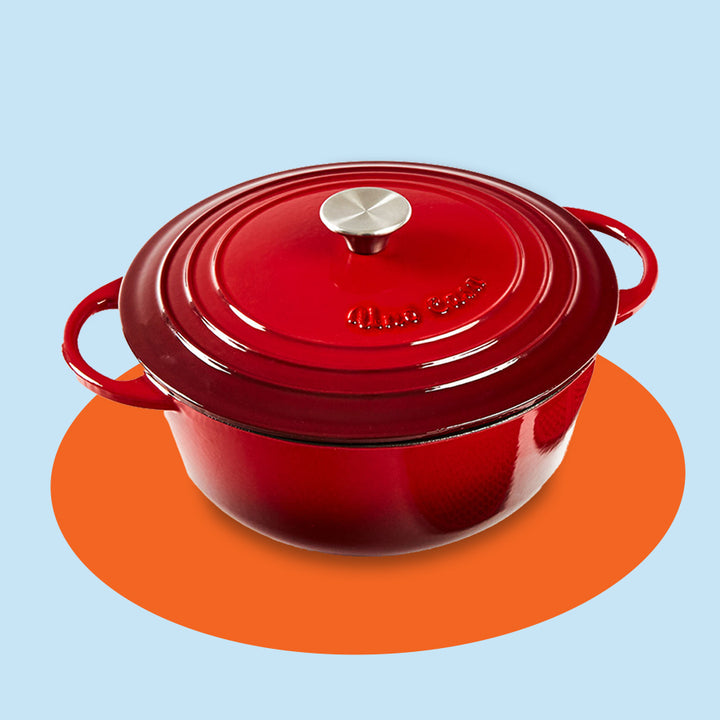How Much Pasta Per Person? [A Handy Rule of Thumb!]

Before we go into details, take this quiz to find out which Italian pasta dish suits you most!
It’s the difference between "I'll have seconds please!" and "I can't eat another bite!"
You invite a friend over for a hearty pasta dinner. You're about to toss the spaghetti into your boiling pot of water, but you stop yourself immediately and wonder - how much spaghetti for 2 people? Does this situation sound familiar to you? You're not alone. Many people struggle with measuring the pasta properly.
Serve a teensy-tiny taste of tortellini, and you'll leave your friend's tummy to rumble and their eyes to wander around for something to satiate it. Serve too much, and your friend's eyes may bulge from having underestimated that pile of penne you piled on their plate!
How Much Pasta Should Be Served Per Person?
Calculating the right amount of pasta per person isn't as simple as it sounds. There are many aspects to keep in mind when the pasta goes from the package to the pot.
How to measure spaghetti, fettuccine, or linguine serving sizes depends on a few variables.
So pull up a chair, dig in as we get our pasta on, and make sure your serving size is spot on!
Types of Pasta
- Dry pasta is the most common type of pasta served at dinner tables. Widely available at almost every grocery store, dry pasta comes in many different shapes and sizes.
There are also plenty of different types of pasta sauce to go with them!
- Fresh pasta is a more exclusive product but still widely available, or if you're feeling a bit Pastariffic in the kitchen, you can make your own version with a home pasta maker.
Keeping it fresh
Typically, fresh pasta is a dough made from eggs and all-purpose flour.
- You knead the dough as you would bread dough.
- Then, you press it through a rolling machine until you have the desired thickness.
- The final step is to cut the dough into the appropriate shapes, from spaghetti to ravioli, or even those cute little star-shaped pasta.
Fresh pasta (being more delicate) is best served with a sauce that allows the pasta's texture to come through.
Fresh pasta is closest to its shape and size before and after it is cooked. This makes it easier to know how much you need per person.
Dry pasta is also just fine
Finely ground semolina flour is the star ingredient of the dried version of pasta; just add water! Typically, this pasta does not contain any eggs and is suitable for vegans.
- The dough is mixed and extruded through molds and then cut into the desired shapes.
- The next step is to dry it for several days at low temperatures. This removes all the moisture before it is packaged.
Dried pasta is best served with sauces like tomato sauce, as its firmness holds up better. Dried pasta will expand greatly after being cooked, so you can expect a larger amount in the end.
What if I Need a Quick Guide to Help Me Measure?
Typically, 2 ounces of pasta (56 grams) per person is a good rule of thumb to follow when you're figuring out how much pasta per person.
However, let's explore some alternatives to this rule.
When working with fresh or dried pasta, you can determine how many cups of pasta per person you need by following this simple guideline:
- Dried pasta = 3 to 4 oz. (or 75 to 115 g)
- Fresh Pasta = 4 to 5 oz. (or 115 to 150 g)
If you decide you want to use a filled pasta such as ravioli or tortellini, using 6 to 7 ounces (or 175 to 200 grams) is your best bet.
Pasta Shapes and How to Handle Them
Pasta is not just limited to straight old spaghetti! Take a stroll down the pasta aisle at any grocery store, and you'll see many shapes and sizes and brand names.
One thing to consider is that the same shape of pasta, made by different brands, can vary. Always follow the cooking instructions!
Depending on the brand, you will measure each pasta differently.
- A pasta measurer is a perfect way to measure long tube-like pasta like spaghetti and linguine. Simply slide the pasta through the hole labeled for the amount you wish to serve.
- A measuring cup is a great way to measure smaller pasta such as macaroni or elbow. When you use a measuring cup for small to medium pasta, 1 cup of pasta (dry) is typically the right amount for a single 2 oz. pasta serving size.
For example, 8 oz. of uncooked spaghetti, linguine, or any other tube-like versions will equal about 4 cups of other cooked pasta.
If one uses egg noodles, 8 oz. of this particular pasta will only equal about 2 and a half cups when cooked.
How Much Can They Really Eat?
We've established that the average single serving size for pasta is about 2 oz., but what if your guests prefer more spaghetti than meatballs?
Considering your guests' appetite will determine if you bend the pasta rule to make more or less.
- Adults typically stick to the 2 oz. of pasta amount, but your younger dinner guests may eat much less. Think about how many times you’ve said to the children at the table, "You didn't finish your pasta!"
- Another factor to consider is which meal you are serving. You could serve pasta as a side for lunches, so stick to about half a cup of dried pasta per serving.
- If it is the main dish, then lean more towards one cup of dried pasta per person.
No Measuring Tools? No Problem!
There is no better way to measure your serving sizes accurately than by using tools like:
- Scales
- Pasta measuring devices
- Measuring cups
However, if you don't have access to any of these, there are some smart ways to figure out if you need more or less.
Have you heard of the quarter tip?
By using the diameter of a standard quarter as the size to measure your pasta serving, you'll have roughly 2 oz. of dry pasta (or a single serving).
- Simply grab a handful, line up the lengths to even, and compare to the quarter's diameter. If you're close to that size - you have a reasonably accurate single serving of pasta!
- To measure medium-sized pasta shapes like fusilli or farfalle, use the bowl you'll be serving the pasta in to measure it. These pasta shapes don't expand much; therefore, filling the bowl to the desired amount with the dry pasta will be similar in size to the same amount when cooked.
Boiling It Down
From spaghetti and shells to fettuccine and farfalle, and even ravioli or rigatoni, the right amount of pasta will vary. It depends on the size and shape of the pasta, the number of people you'll be serving, and how much of that "al dente" goodness they can eat.
- If you make too little - don't worry. Pasta doesn't take very long to cook if you need to make more. Just pour some sauce on your newly boiled batch and serve.
- If you make too much, at least you'll have enough for those guests that ask for seconds, or put it in the refrigerator, and enjoy that leftover linguine the next day.
Mangiare! Mangiare!
Prepare your own delicious pasta at home - this step-by-step guide will help you out:
Leave a comment
Comments will be approved before showing up.
Also in Tips
